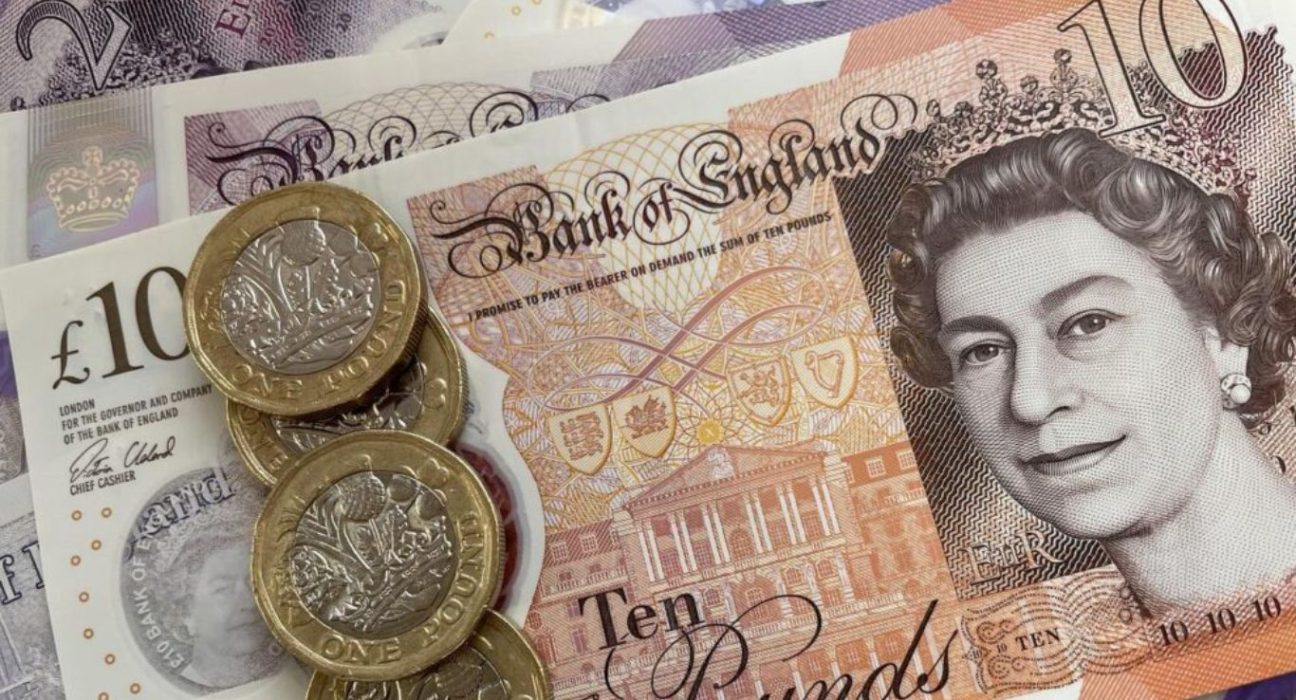In the dynamic realm of international currency exchange, the British Pound, often referred to as Sterling, has recently experienced a notable downturn. As per the latest reports, Sterling traded at a value of $1.2774 against the US Dollar, marking a decline of 0.49% over the course of the trading day. This movement in the foreign exchange market has attracted attention and speculation, prompting experts to delve into the underlying factors contributing to this dip.
Economic Factors at Play
Several economic variables can influence the value of a currency, and Sterling is no exception. Economic indicators such as inflation rates, interest rates, and trade balances can all have a significant impact on a currency’s strength in the global market. Investors and traders keep a keen eye on these indicators to make informed decisions regarding their investments. The recent dip in Sterling’s value against the Dollar suggests the presence of certain economic factors that might be playing a role in this downward movement.
Brexit Uncertainties Loom
One prominent factor that has continued to cast its shadow on Sterling’s performance is the looming uncertainty surrounding Brexit. The UK’s departure from the European Union has created an atmosphere of economic unpredictability, causing fluctuations in the Pound’s value since the referendum. Negotiations on trade deals, regulations, and other critical aspects of the UK-EU relationship remain ongoing, adding to the uncertainty. As a result, investors and traders are treading cautiously, as the eventual outcome of these negotiations could have far-reaching implications for the British economy and, consequently, for the value of Sterling.
Global Market Sentiments Influence Exchange Rates
The foreign exchange market is intricately tied to global market sentiments and events. Geo-political developments, economic growth reports from various countries, and global trade dynamics can collectively impact currency exchange rates. The recent dip in Sterling’s value might also be linked to broader global market sentiments. Factors such as geopolitical tensions, economic recovery prospects, and shifts in investor risk appetite could be influencing investors’ preferences and decisions, leading to the observed decline in Sterling’s value against the Dollar.
Monetary Policy and Central Bank Actions
Monetary policy decisions and actions taken by central banks can exert significant influence on a country’s currency value. The Bank of England, in the case of Sterling, plays a pivotal role in setting interest rates and implementing monetary policies. Any signals or hints of potential changes in monetary policy can lead to reactions in the currency markets. Traders and investors closely monitor central bank statements and meetings for insights into future policy directions. The recent movement in Sterling’s value might be partly attributed to such considerations and speculations surrounding the Bank of England’s stance on interest rates and other monetary measures.
Trade Relationships and Economic Performance
The value of a currency can also be influenced by a country’s trade relationships and overall economic performance. The UK’s trade balance, which represents the difference between its exports and imports, can impact Sterling’s strength. Additionally, economic indicators such as GDP growth, employment rates, and consumer spending can collectively shape market perceptions of a currency’s value. If economic data indicates weaker performance or imbalances, it can contribute to downward pressure on the currency’s value. Traders and investors assess these economic metrics to gauge the fundamental health of a country’s economy and its potential impact on currency values.
Market Psychology and Technical Analysis
Market psychology and technical analysis also play a role in influencing currency movements. Traders often rely on technical indicators, charts, and patterns to predict potential price movements. The behavior of other market participants and their collective response to news and events can contribute to shifts in currency values. In the case of Sterling’s recent dip, market sentiment and traders’ reactions to the news of the 0.49% decline might have exacerbated the movement. Emotional responses and herd behavior can sometimes amplify market movements beyond the influence of fundamental factors alone.
Conclusion
In the ever-evolving landscape of the foreign exchange market, currency values can experience sudden shifts driven by a complex interplay of economic, geopolitical, and psychological factors. The recent decline of Sterling against the Dollar, reaching a value of $1.2774 and reflecting a 0.49% drop, has once again brought to light the intricacies of currency valuation. As investors and experts analyze the implications of this movement, it’s clear that a multitude of factors are at play, including Brexit uncertainties, global market sentiments, central bank actions, trade relationships, and psychological dynamics. Keeping a watchful eye on these elements is crucial for understanding the forces shaping the movement of currencies and their wider economic ramifications.










